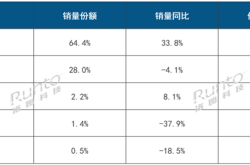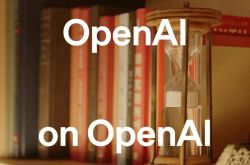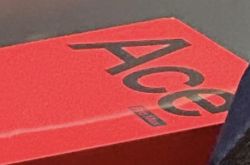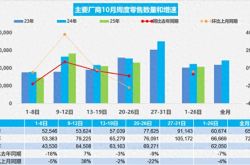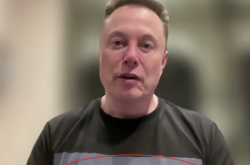The Evolution of Fast Charging: A 5-Minute Game Changer
![]() 06/29 2025
06/29 2025
![]() 788
788

"Charge for 5 minutes, talk for 2 hours" – A decade-old slogan from OPPO has now transformed into the "fast charging mantra" for numerous electronic devices worldwide.
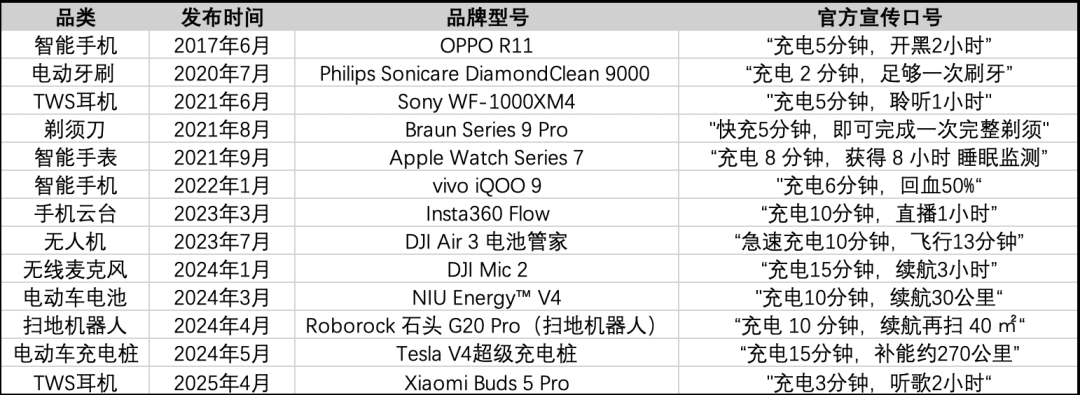
As consumers have grown accustomed to rapid 5-minute charging, and even mobile phone brands have become blasé about charging promotions, a quiet revolution is brewing beneath the surface. This revolution encompasses not just charging speeds but also technical pathways, safety standards, and global discourse power.
01
One Interface, One Potential Shackle
In October 2022, the European Union passed legislation mandating that all portable electronic devices sold within the EU exceeding 15W must adopt USB-C interfaces and comply with the USB PD fast charging protocol by the end of 2024. This move forced even tech giants like Apple to abandon their proprietary Lightning interface and protocol, which they had utilized for 11 years. Apple's compliance, akin to a pebble in a pond, created ripples globally, solidifying the dominance of the PD protocol.
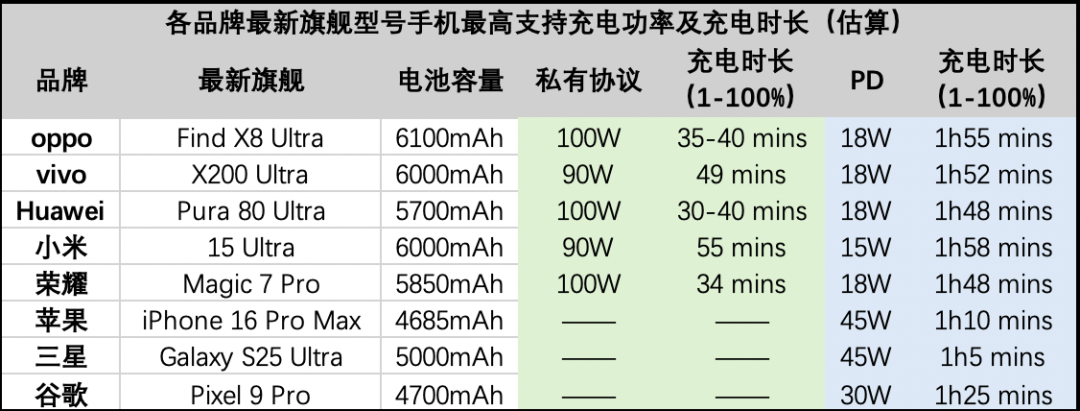
However, PD charging times are significantly longer than the private charging protocols employed by Chinese brands. If Huawei and OPPO were to switch to PD protocol-compatible devices now, it would entail additional compatibility costs for enterprises and diminished charging experiences for users.
"If this trend continues, the PD protocol may become the global standard," warned an industry expert, voicing the sector's underlying concerns. "For if you don't innovate your own technology, you'll forever be a follower with no say."
The USB-IF association dominates both the PD protocol and Type-C physical interface. While any company can enjoy relatively favorable patent policies by paying membership fees and joining the association, the board is almost entirely composed of European and American enterprises, leaving Chinese companies with little influence. Should patent policies change in the future or new technological iterations become unfavorable to Chinese brands' technical routes, Chinese enterprises would find themselves with virtually no means of counteraction.
Amidst these barriers, Huawei, renowned as the technological elder statesman, and OPPO, once celebrated for its advertising genius, have demonstrated the ultimate vision of trailblazers.
"Huawei approached us first, but the initial intent was a shared aspiration: to prevent domestic fast charging technology from being monopolized by foreign standards. We all foresaw that if the PD protocol became dominant, each company would be reduced to its original state," revealed an OPPO insider.
Led by the China Academy of Information and Communications Technology, Huawei, OPPO, vivo, Xiaomi, and other companies established the Fast Charging Alliance (FCA) in China. This alliance is responsible for promoting the implementation of the UFCS integrated fast charging standard and the establishment of a certification system. In December 2023, the alliance granted the first batch of UFCS integrated fast charging trademark licenses to 56 products from companies including Huawei, OPPO, and vivo, spanning mobile phones, chargers, chips, and other categories.
"UFCS integrated fast charging is not merely a protocol but a comprehensive ecosystem," emphasized a technical expert deeply involved in standard formulation. "It's not a one-time technical integration but a systematic project encompassing five key aspects: standard formulation, product development, testing and certification, ecological expansion, and overseas breakthroughs. Its roadmap extends beyond 2027."
02
Within an Alliance, There Are Always Divergent Thoughts
No matter how meticulously crafted the blueprint, uniting fiercely competitive market players like Huawei, OPPO, vivo, and Xiaomi is far more challenging than anticipated.
The first hurdle is unifying the "language of dialogue." Each company's proprietary protocol resembles a distinct dialect. While they all adhere to similar charging principles, they have distinct systems and are incompatible in specific communication methods, handshake signals, and proprietary encryption algorithms, creating de facto technical barriers. This is the most fundamental challenge on the path to unification.
To birth the "universal language" of UFCS integrated fast charging, OPPO, as one of the core initiators and a pioneer in the "low-voltage, high-current" approach, made a significant, little-known concession: in key aspects like communication protocols, it abandoned some advantageous solutions with deep patent accumulation and took the lead in being compatible with other manufacturers' solutions, clearing the first and biggest obstacle for the alliance.
The second hurdle is establishing a standard value that benefits all parties and ensures a superior user experience.
For the UFCS integrated fast charging standard to succeed, it must offer an enticing "public" fast charging experience. However, the upper limit of this "public" power directly affects each company's most sensitive commercial interests. Setting the limit too high would diminish the differentiated advantages of flagship products from various mobile phone manufacturers, while setting it too low would weaken the industry's and users' willingness to support UFCS integrated fast charging.
To promote the increase of the UFCS 2.0's interoperable power to 44W, the alliance held numerous meetings. Ultimately, the number 44W struck a delicate balance: it can meet the daily fast charging needs of most users while still leaving ample room for differentiation with each company's private fast charging exceeding 100W.
The third hurdle is the game of core commercial interests. While some strive to break barriers, for those with vested interests, whether the barrier is broken or not is inconsequential, and user experience pales in comparison to commercial gains.
Just as Honor was confirmed to join the UFCS integrated fast charging ecosystem and victory seemed imminent, Xiaomi chose to withdraw, casting doubt on the future of UFCS integrated fast charging. On the surface, it appeared as a disagreement, but in reality, it exposed differing visions within the alliance about the future path. Some industry insiders analyzed that Xiaomi's decision was not merely due to its "globalization" or "market distribution" strategy but a result of its own assessment of technical paths, resource investment, and risk preferences. Each company has its own calculations and pace, making the alliance's journey inherently bumpy.
However, these setbacks have only strengthened the resolve of the remaining core members – Huawei, OPPO, vivo, and Honor. They have signed patent cross-licensing agreements with clear goals and decisive actions. The alliance's core has grown tighter, and the progress of UFCS integrated fast charging has accelerated. Finally, at the Integrated Fast Charging Industry Development Conference on May 22, 2025, the UFCS 2.0 standard was officially released, marking the birth of a new ecosystem jointly defined by Chinese core manufacturers, capable of 40W+ cross-brand interoperability and featuring higher safety standards.
03
Conclusion
When a single charging cable can be used across all brands and when Chinese standards begin to steer the global industry's direction, its significance transcends technology. It represents a strategic consensus among competitors amidst interest games and a "seat at the table" for Chinese technology within the international standard system. As one standard setter eloquently put it, "The value of UFCS integrated fast charging is not just about solving charging compatibility but proving that Chinese enterprises have the capability to carve out new global technology paths."
Some images are sourced from the internet. Please inform us for removal if there is any infringement.

